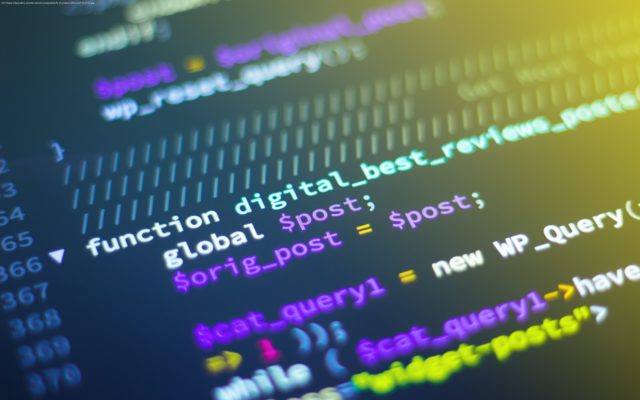Natural language processing with PyTorch can be overwhelming, but it is the best way to start in the NLP space.
Join the DZone community and get the full member experience. Natural language processing (NLP) is continuing to grow in popularity, and necessity, as artificial intelligence and deep learning programs grow and thrive in the coming years. Natural language processing with PyTorch is the best bet to implement these programs. In this guide, we will address some of the obvious questions that may arise when starting to dive into natural language processing, but we will also engage with deeper questions and give you the right steps to get started working on your own NLP programs. First and foremost, NLP is an applied science. It is a branch of engineering that blends artificial intelligence, computational linguistics, and computer science in order to «understand» natural language, i.e., spoken and written language. Second, NLP does not mean Machine Learning or Deep Learning. Instead, these artificial intelligence programs need to be taught how to process natural language and then use other systems to make use of what is being input into the programs. While it is simpler to refer to some AI programs as NLP programs, that is not strictly the case. Instead, they are able to make sense of language, after being properly trained, but there is an entirely different system and process involved in helping these programs understand natural language. This is why natural language processing with PyTorch comes in handy. PyTorch is built off of Python and has the benefit of having pre-written codes, called classes, all designed around NLP. This makes the entire process quicker and easier for everyone involved. With these PyTorch classes at the ready and the various other Python libraries at PyTorch’s disposal, there is no better machine learning framework for natural language processing. To get started using NLP with PyTorch, you will need to be familiar with Python for coding. Once you are familiar with Python, you will begin to see plenty of other frameworks that can be used for various deep learning projects. However, natural language processing with PyTorch is optimal because of PyTorch Tensors. Simply put, tensors allow you to perform computations with the use of a GPU which can significantly increase the speed and performance of your program for NLP with PyTorch. This means you can train your deep learning program quicker to be able to utilize NLP for whatever desired outcome you have. As mentioned above, there are different PyTorch classes with the ability to function well for NLP and accompanying programs.






